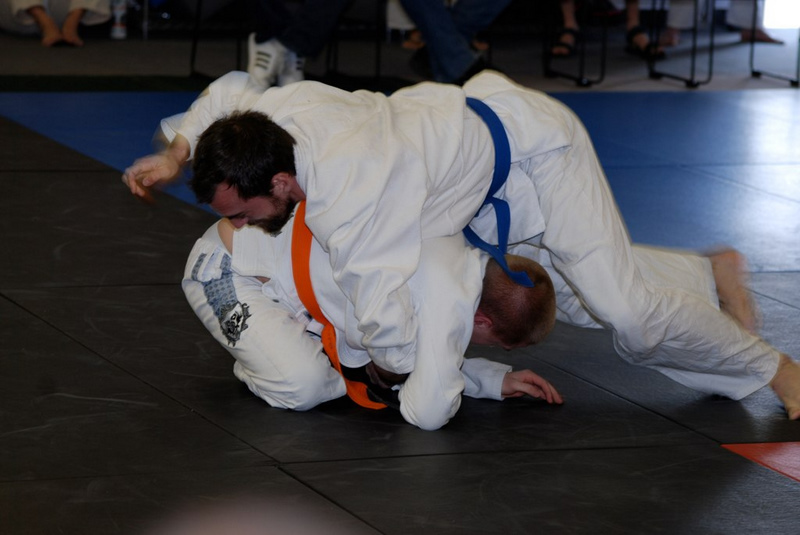A big part of what goes into the journey of becoming a black belt in Brazilian Jiu-Jitsu is consistent and fundamental drilling. Since Jiu-Jitsu is primarily about muscle memory, rehearsing specific techniques over and over again is the only way that you are going to successfully apply them while sparring.

Why Are Jiu-Jitsu Drills Important?
Before presenting the two fundamental Jiu-Jitsu drills that will help you improve your technique, know that drilling isn’t just about breaking a sweat or filling in the gaps between sparring sessions. You need to make sure that you are going all-out on each and every drill. Otherwise, you won’t develop a natural feel for when the move or technique should be applied.
Be sure that you incorporate drilling into your training regimen often. While learning new offensive and defensive techniques are important, it is even more critical that you develop quick reflexes for when they should be used- and frequent drilling is the only way that you are going to be able to accomplish this.
Jiu-Jitsu Drills #1: Collar-Choke Grabs
In Jiu-jitsu, the majority of submissions come down to collar chokes. Whether from behind, side position, or even the guard, the opportunity to choke an opponent with their own collar is always there. Unfortunately, without proper collar-choke drills, you won’t have the muscle memory needed to get the choke deep enough. As a result, it’s likely that your training partner isn’t going to tap to your submission attempt.
With collar-choke Jiu-Jitsu drills, one partner should be in the other’s guard. The top partner should place both of their hands on the bottom pattern’s chest. Once the drill begins, the bottom partner should reach around for a collar-choke using both of their hands. Be sure that the choke is being applied as deeply as possible. Once the choke has been applied, the bottom partner should lie back down and start the drill over, repeating it as many times as necessary.
Portland Jiu-Jitsu Drill: Transition From Side Control to Mount
Jiu-Jitsu Drill #2: Taking the Back
Jiu-Jitsu drills that focus on taking an opponent’s back are exceptionally useful, mainly because situations like these arise all the time. With this particular drill, both partners should start off in a standing position. One partner should then shoot for a takedown on the other.
After sprawling and acquiring head control, the second partner should take the back position of the partner who shot in. The “Turtle Position” is a position that occurs quite often in Jiu-Jitsu, usually after someone escapes side mount or after someone shoots in.
The beauty behind this drill is that it accomplishes two things: it teaches the offensive partner how to successfully take the back while it teaches the defensive partner just how vulnerable the turtle position really is.



